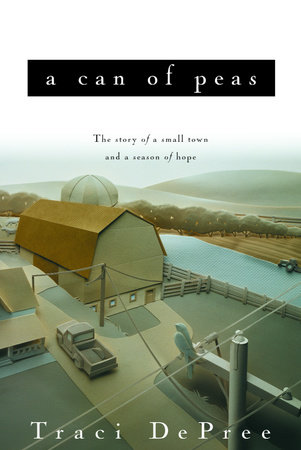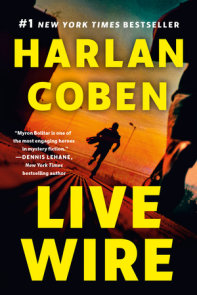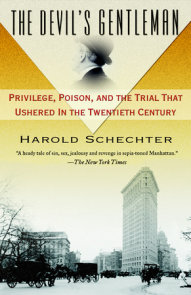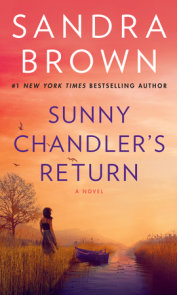READERS GUIDE
Questions and Topics for Discussion
1. How do you feel Roy Morgan’s words to Peter about a community being like a can of peas connected to the vignettes?
2. Where does connection and purpose in life come from? Where did each of the characters in A Can of Peas find it?
3. Do you think there are still places like Lake Emily in America? If so, how does that make you feel about America?
4. How does living in a small town differ from living in a city or the suburbs? How is it the same? What makes that difference?
5. In what ways were Peter’s preconceived ideas about country living incorrect? Do you think people have unrealistic expectations about "the simple country life"?
6. Mae and Peter had some lessons to learn about marriage. What were they? How do you feel about how they resolved their differences?
7. Mae and Trudy are very different as sisters–what makes two people raised by the same parents so unique?
8. Who is your favorite character and why?
9. Which is your favorite vignette and why?
10. What is your favorite scene and why?
11. What did you think of the chicken slaughtering scene? Do you think people realize where their food really comes from in our country?
12. Why do you think Peter never understood that his father loved farming but loved the violin more? Do you think children ever see their parents realistically or is our vision of our parents always skewed by events in our childhood and our perception of those events? Do parents see their children realistically (ie Mae and Catherine, Peter and David, David and Roy/Virginia…)?
13. In one scene the vet says that the rumor mill goes both ways–what did he mean by that? How is that shown later in the book?
14. Virginia finds healing after the death of her husband in part by becoming a book buddy and mentor to Jessie. How did you feel about this storyline? What place do you think volunteerism plays in the fabric of our communities and in our own lives?






















